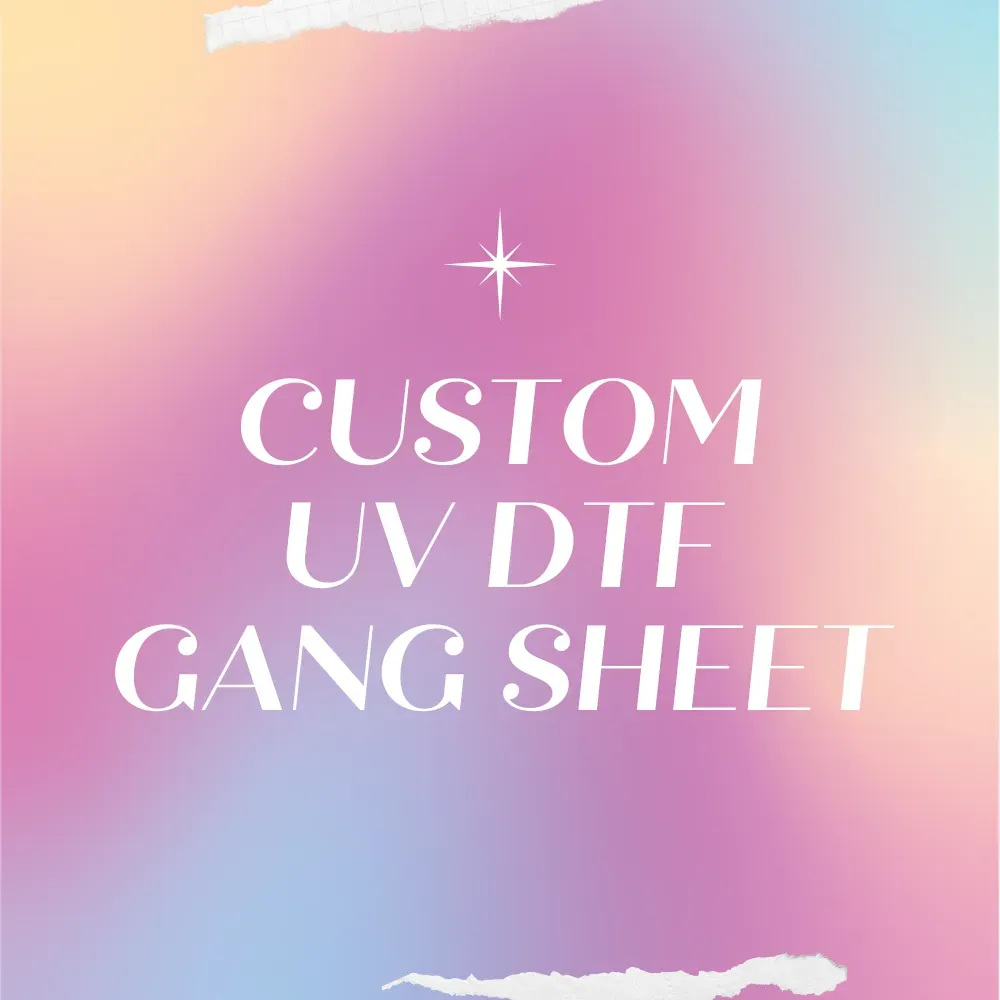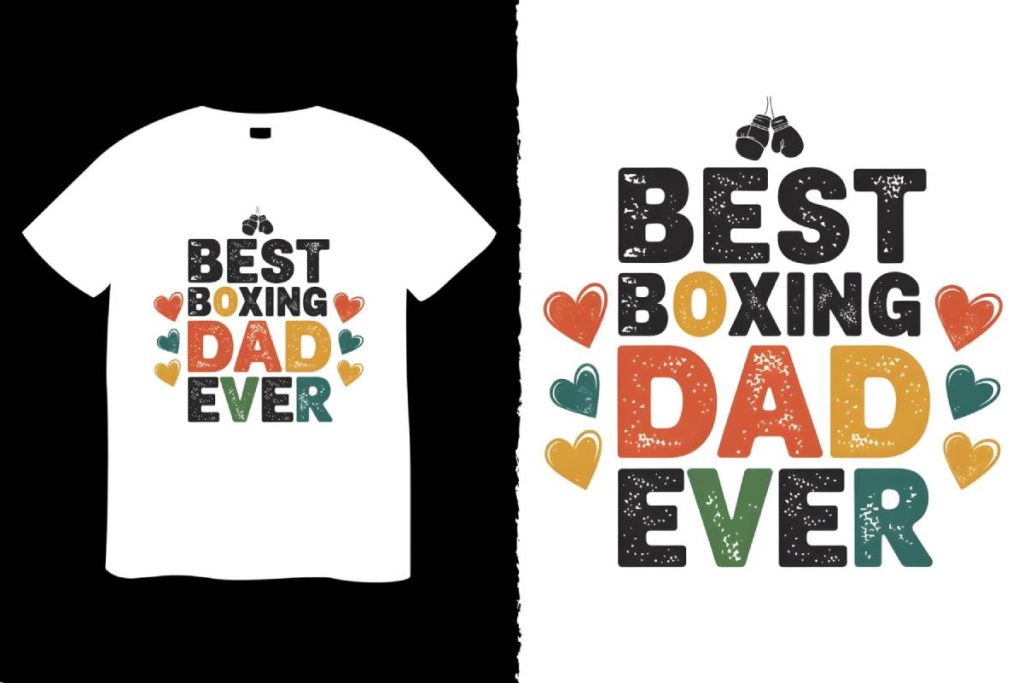UV DTF Gangheet represents a revolutionary advancement in the world of printing technology, merging the latest techniques with unparalleled print quality. Unlike traditional printing methods that often rely on time-consuming processes, UV DTF printing utilizes ultraviolet light to cure inks, allowing for immediate production of vibrant, detailed designs. This modern method not only enhances print durability but also expands the range of materials that can be used effectively. By comparing UV DTF to traditional techniques, businesses can appreciate the significant benefits of modern technology, particularly in terms of speed and versatility. Whether you’re focused on intricate designs or durability, understanding UV DTF Gangheet is crucial in making informed decisions for your printing needs.
Exploring the nuances of UV DTF technology, often referred to as Direct to Film printing, reveals how this method contrasts sharply with conventional printing techniques. This modern approach employs UV light for curing, resulting in high-quality prints that exhibit exceptional longevity and resilience. In contrast to older methods like screen printing or offset printing, which can be cumbersome and less adaptable, UV DTF encompasses a broader spectrum of materials, from textiles to plastics and beyond. By examining the strengths and weaknesses of these printing techniques, one can better comprehend how advancements in UV DTF applications are reshaping the landscape of print durability and efficiency.
Understanding UV DTF Gangheet Technology
UV DTF Gangheet technology represents a significant advancement in printing processes, leveraging ultraviolet light to cure inks onto films. This technique not only enhances color vibrancy but also enables designers to achieve intricate patterns and detailed representations with ease. The immediate curing of inks results in little to no drying time, which drastically shortens production cycles and increases efficiency in manufacturing. This makes it an invaluable asset for businesses that require quick turnaround times for customized or short-run projects.
Additionally, UV DTF Gangheet printing opens up a diverse range of applications across numerous materials, making it highly versatile. From textiles to metals, this technology adapts effectively to different substrates, providing designers with the flexibility to explore unique product options. Furthermore, the durability of prints produced via this method ensures that they can withstand rigorous conditions, thus offering an extended lifespan compared to those printed through more traditional techniques.
Advantages of UV DTF Printing Over Traditional Methods
When comparing UV DTF printing to traditional methods, the differences in technology and process become evident. Traditional printing, such as offset or screen printing, often relies on intermediate drying stages, affecting the overall efficiency of production. In contrast, UV DTF printing eliminates these drying times, allowing for rapid production cycles that cater to the immediate needs of modern businesses. This efficiency is particularly beneficial for those aiming for quick, high-quality deliverables.
Moreover, UV DTF printing excels in its ability to work with a broad range of materials, surpassing the limitations typically associated with traditional printing methods. While traditional printing often restricts businesses to paper and a few similar substrates, UV DTF Gangheet can seamlessly print on almost any surface, including plastics and wood. This characteristic not only simplifies workflows but also opens up new avenues for creative design and product innovation.
Durability of UV DTF Prints vs. Traditional Prints
Durability is a crucial consideration when selecting a printing method, and UV DTF printing offers notable advantages in this regard. UV DTF prints are designed to withstand scratching, fading, and environmental exposure due to the robust nature of UV-cured inks. The immediate curing process locks in the vibrancy of colors and helps maintain the quality of prints over time, thereby reducing the need for additional protective coatings.
In contrast, traditional prints may not possess the same level of inherent durability. Often, they require extra finishing processes to enhance their longevity, adding to both the time and cost factors involved. For businesses focused on producing items that will endure wear and tear, such as outdoor signage or products subject to high usage, UV DTF printing proves to be a superior choice.
The Cost-Effectiveness of UV DTF for Small Runs
Cost considerations play a critical role in determining the most appropriate printing method for a given project. UV DTF printing is particularly advantageous for short runs and custom projects, as this technique typically incurs lower setup costs. With the ability to produce small batches without hefty initial expenses, businesses can cater to niche markets or unique consumer demands without the financial burden of traditional printing setups.
Conversely, traditional printing methods are often more economically viable for large volume orders, where the cost per unit decreases significantly as quantity increases. However, for businesses that prioritize flexibility and personalization, the cost-effectiveness of UV DTF printing for smaller runs makes it an appealing option, allowing them to remain competitive in a fast-paced market.
Recent Innovations in UV DTF Gangheet Technology
The landscape of UV DTF printing continues to evolve, with recent innovations showcasing its capabilities in increasingly sophisticated applications. Companies like Mimaki are leading the way in developing advanced UV DTF technology that not only caters to high-quality printing demands but also emphasizes ease of use for operators. These advancements highlight the method’s potential in fulfilling complex design requirements, underscoring its suitability for various industries including fashion, product packaging, and even home décor.
Moreover, innovations such as personal 3D texturing UV printers, like Anker’s eufyMake, illustrate a shift in consumer interest. These accessible tools enable hobbyists and small businesses to engage with UV technology on a personal level, expanding the market and encouraging creativity in the use of UV DTF Gangheet printing at home. This democratization of printing technology marks a transformative trend, showing that UV solutions are not just for large enterprises but can also empower individual creators.
Choosing the Right Printing Method for Your Needs
As you navigate the decision-making process regarding printing methods, it’s essential to consider the specific requirements of your projects. UV DTF printing stands out for its versatility in handling various materials, its speed of production, and its durability, making it a strong contender for diverse applications. Whether you’re engaged in crafting unique merchandise or fulfilling orders for retail, UV DTF printing provides a robust solution that aligns with contemporary market needs.
On the other hand, traditional printing methods still hold value for large-scale projects where cost per unit is of utmost importance. Understanding your production volume, material needs, and budget constraints will ultimately inform your choice. Staying informed about advancements in printing technologies will empower you to make an informed decision that enhances efficiency, creativity, and the overall quality of your projects.
Frequently Asked Questions
What are the advantages of UV DTF Gangheet over traditional printing methods?
UV DTF Gangheet offers several advantages over traditional printing methods, including faster production speeds due to immediate ink curing, greater material flexibility allowing prints on various surfaces like textiles and plastics, and superior durability against scratches and fading, reducing the need for protective coatings.
How does UV DTF printing technology compare with traditional printing?
When comparing UV DTF printing technology with traditional printing, the key differences include the curing process and versatility. UV DTF utilizes ultraviolet light for immediate curing, leading to vibrant and detailed prints, while traditional methods involve slower processes with multiple drying phases, typically limited to paper and similar substrates.
What applications are best suited for UV DTF Gangheet?
UV DTF Gangheet is ideal for applications requiring vibrant and durable prints on diverse materials, such as textiles, promotional products, signage, and custom merchandise. Its ability to print directly onto unconventional surfaces makes it a versatile choice for many industries.
What is the print durability of UV DTF compared to traditional printing methods?
The print durability of UV DTF Gangheet is superior to traditional printing. UV DTF prints are designed to withstand environmental factors and physical wear and tear without fading or scratching easily, whereas traditional prints often require additional protective measures to achieve similar durability.
Is UV DTF printing cost-effective for small production runs?
Yes, UV DTF printing is generally more cost-effective for small production runs or customized projects. The lower setup costs associated with UV DTF allow for economical printing in smaller batches, making it a practical choice for businesses that do not require large volumes.
What recent developments have enhanced UV DTF Gangheet capabilities?
Recent developments in UV DTF Gangheet capabilities include advancements in UV technology by manufacturers like Mimaki, which facilitate intricate designs and faster production times. Additionally, the introduction of personal 3D texturing UV printers has made UV printing more accessible for hobbyists and small businesses.
| Key Features | UV DTF Printing | Traditional Printing |
|---|---|---|
| Technology and Process | Employs UV light for instant ink curing, resulting in faster production and vibrant prints. | Involves multiple passes and drying times, leading to slower overall production. |
| Material Flexibility | Can print on a wide variety of surfaces including textiles, plastics, and metals. | Limited primarily to paper and similar substrates, requiring extra preparation for unconventional materials. |
| Durability and Quality | Durable against scratches and fading, less need for protective coatings. | Generally requires additional protective measures, impacting durability. |
| Production Speed | Immediate curing allows for quicker turnaround times. | Detailed processes lead to longer production cycles. |
| Cost-Effectiveness for Short Runs | More economical for small batches and customized projects due to lower setup costs. | More cost-effective for large volume orders due to economies of scale. |
Summary
UV DTF Gangheet offers a revolutionary approach to printing that distinguishes itself from traditional methods through its advanced technology, superior durability, and impressive material flexibility. By employing ultraviolet light for curing ink, UV DTF printing not only ensures vibrant colors and intricate designs but also significantly reduces production times. This modern technique opens up a wide array of applications across diverse surfaces, surpassing the limitations of conventional methods like offset and screen printing. As businesses demand quicker and high-quality outputs, understanding the distinctions between these two approaches is vital. UV DTF Gangheet is thus positioning itself as a preferred choice for professionals seeking both efficiency and versatility in their printing projects.



